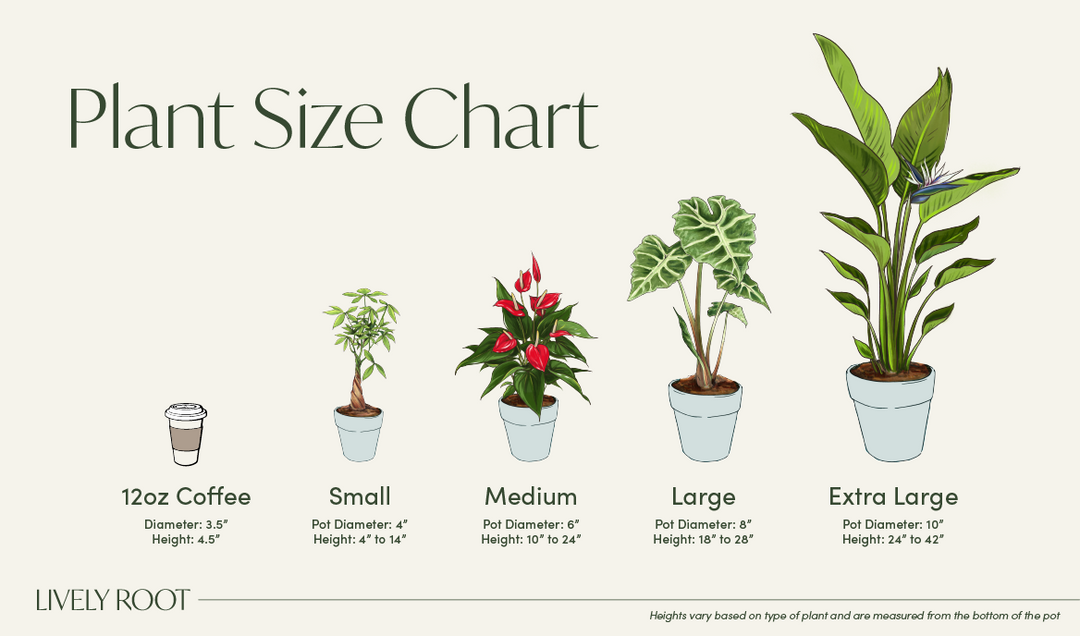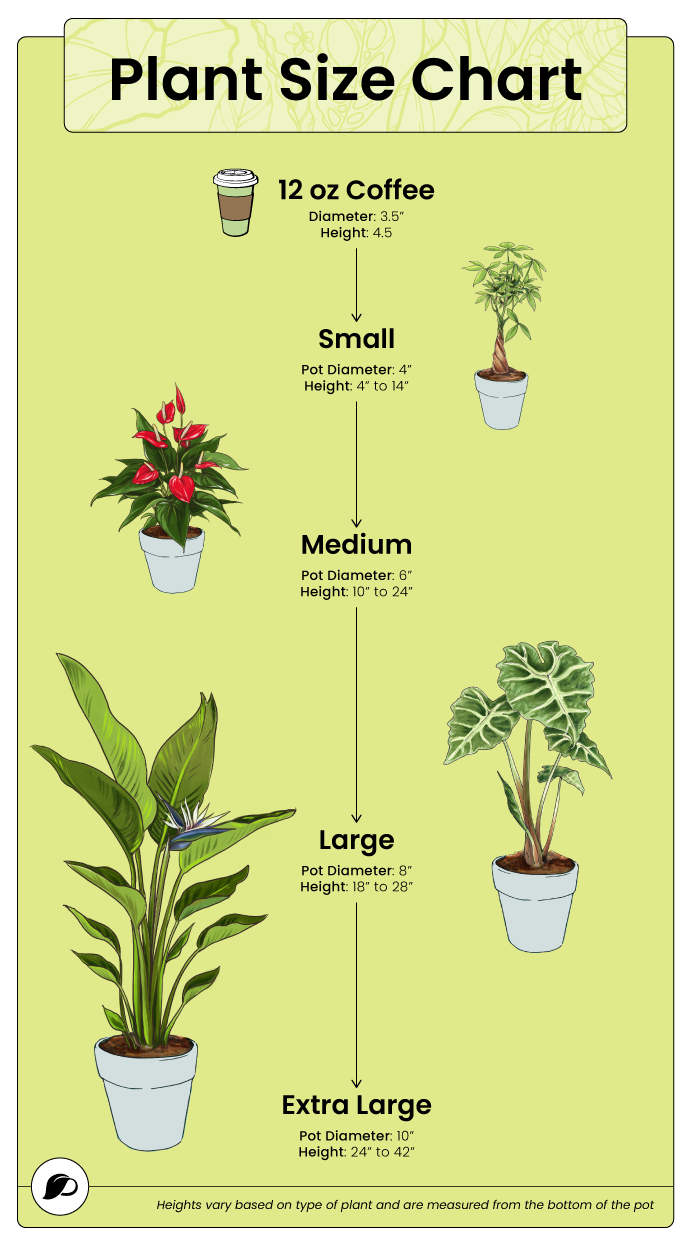Gift Card Balance
Enter the code below to redeem your gift card

The Strings of Pearls plant, scientifically known as Senecio rowleyanus, belongs to the Asteraceae family. Originating from South Africa, this unique succulent is prized for its distinctive appearance, resembling a string of beads or pearls cascading down from its hanging stems.
Each pearl has a clear strip that acts as a light into the leaf to harness more energy for photosynthesis.
Ideal for hardy zones 9 - 11, it thrives in warm climates but can be grown indoors in colder regions. As a groundcover or hanging plant, it adds a touch of elegance to any space.
Interestingly, its pearl-like leaves serve as water storage organs, making the plant highly drought-tolerant. However, it requires bright, indirect light and well-draining soil to thrive.
While its trailing vines make it an excellent decorative addition, this plant is toxic to pets if ingested.
Explore our succulent collection to find more Senecio succulent varieties, such as String of Tears and String of Dolphins, available on Lively Root.
Strings of Pearls is a low-maintenance succulent, making it ideal for beginner and experienced plant enthusiasts.
Place your plant in bright, indirect sunlight and water thoroughly when the soil is dry. Allow the soil to dry out between waterings to prevent root rot.
These indoor plants thrive in average room temperatures and don’t require high humidity levels. However, they may benefit from occasional misting during dry weather.
Use a well-draining succulent or cactus potting mix to ensure proper drainage. Repot your Strings of Pearls every 2-3 years to refresh the soil and provide more space for growth.
Fertilize your plant sparingly during the growing season with a balanced succulent fertilizer diluted to half strength. Propagate by taking stem cuttings and allowing them to callus before planting in well-draining soil.
Trim leggy or damaged stems to encourage bushier growth. Remove debris or dead leaves from the plant to prevent pests and diseases.
Watch out for signs of overwatering, such as yellowing or mushy stems, and adjust your watering schedule. Additionally, adequate airflow around the plant should be ensured to prevent fungal diseases.
Finding the perfect spot for your Strings of Pearls is essential for its health and growth. To complete this unique succulent, let’s explore placement options and companion plants. If you have pets, consider growing some alternative green beauties.
Enhance the beauty of your Strings of Pearls with these complementary companions:
Explore these pet-friendly alternatives to the Strings of Pearls:
Bring a touch of natural elegance into your home or office with our Strings of Pearls plant. Shop now and elevate your space with this unique and eye-catching addition!
Follow us @livelyroot & show us your #livelyroot plants

